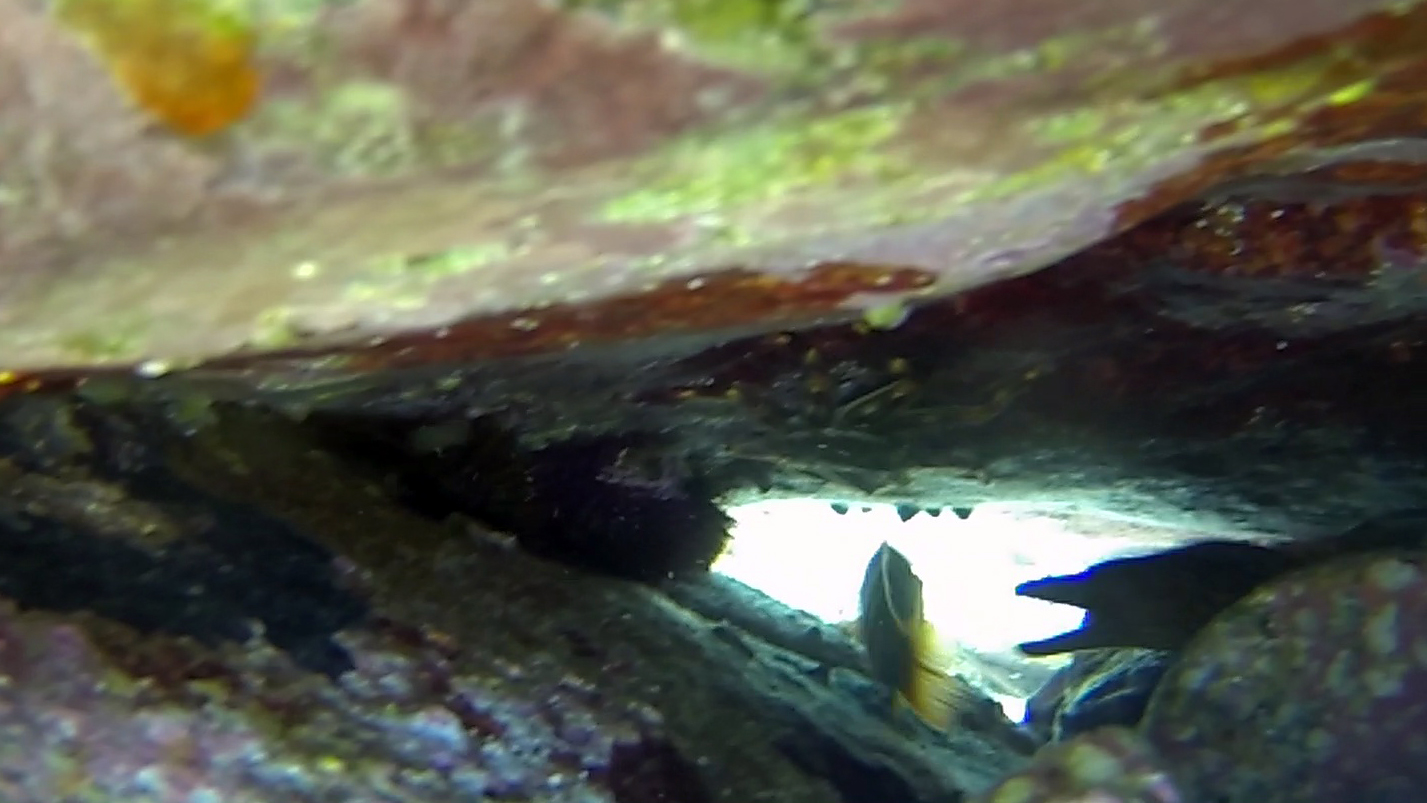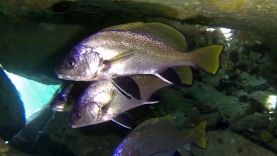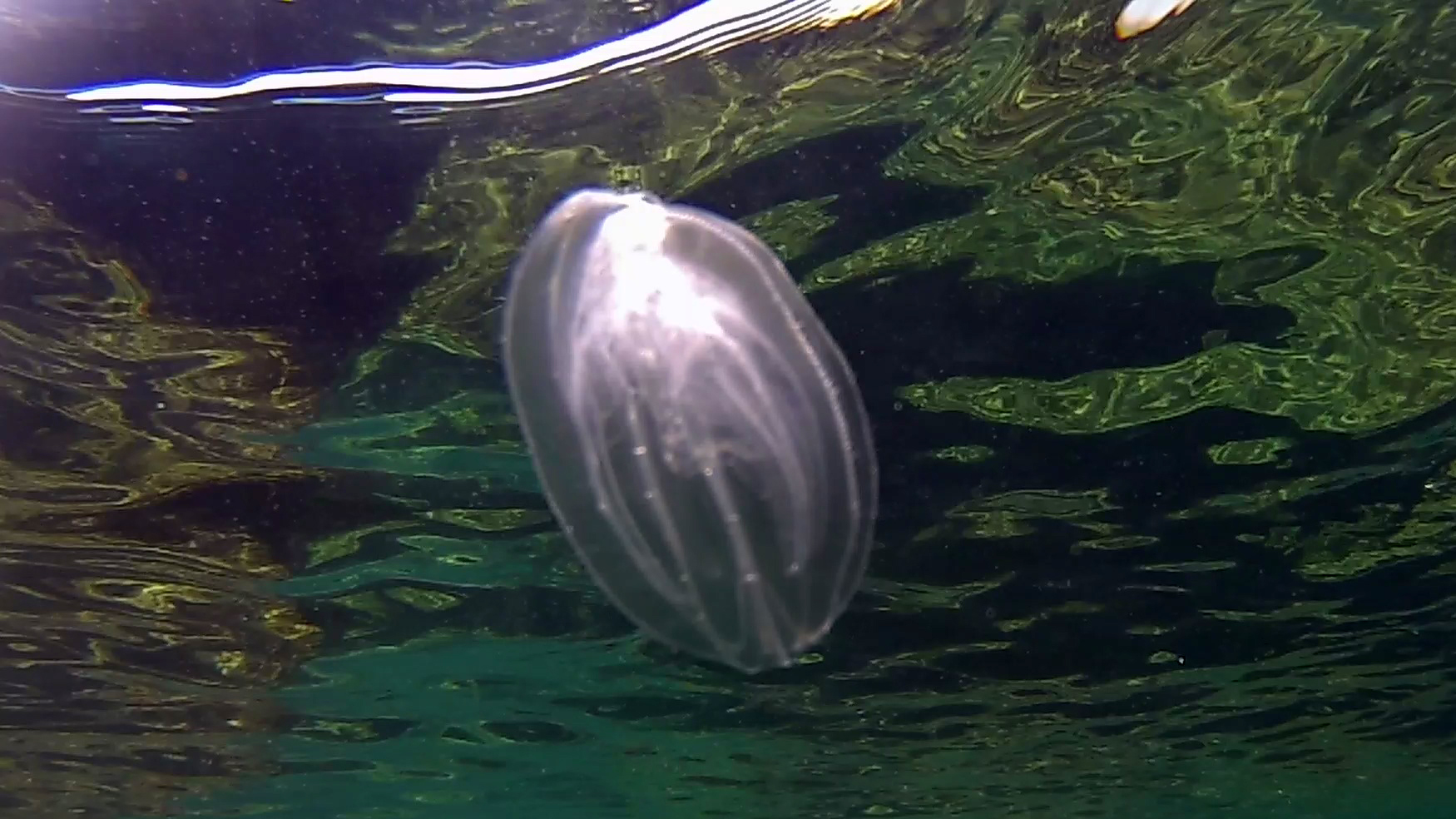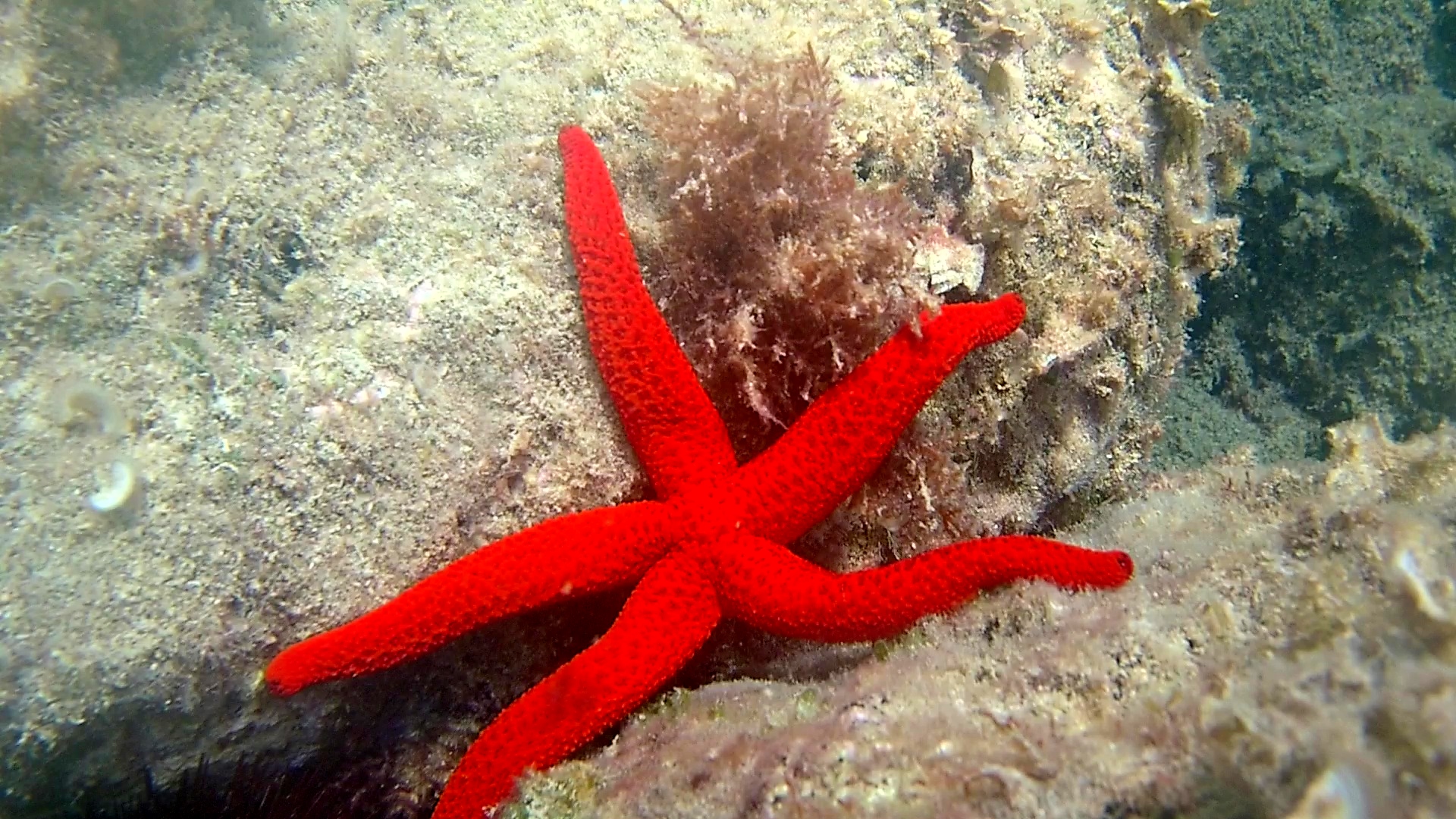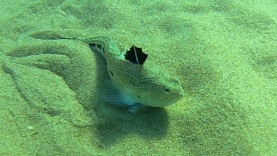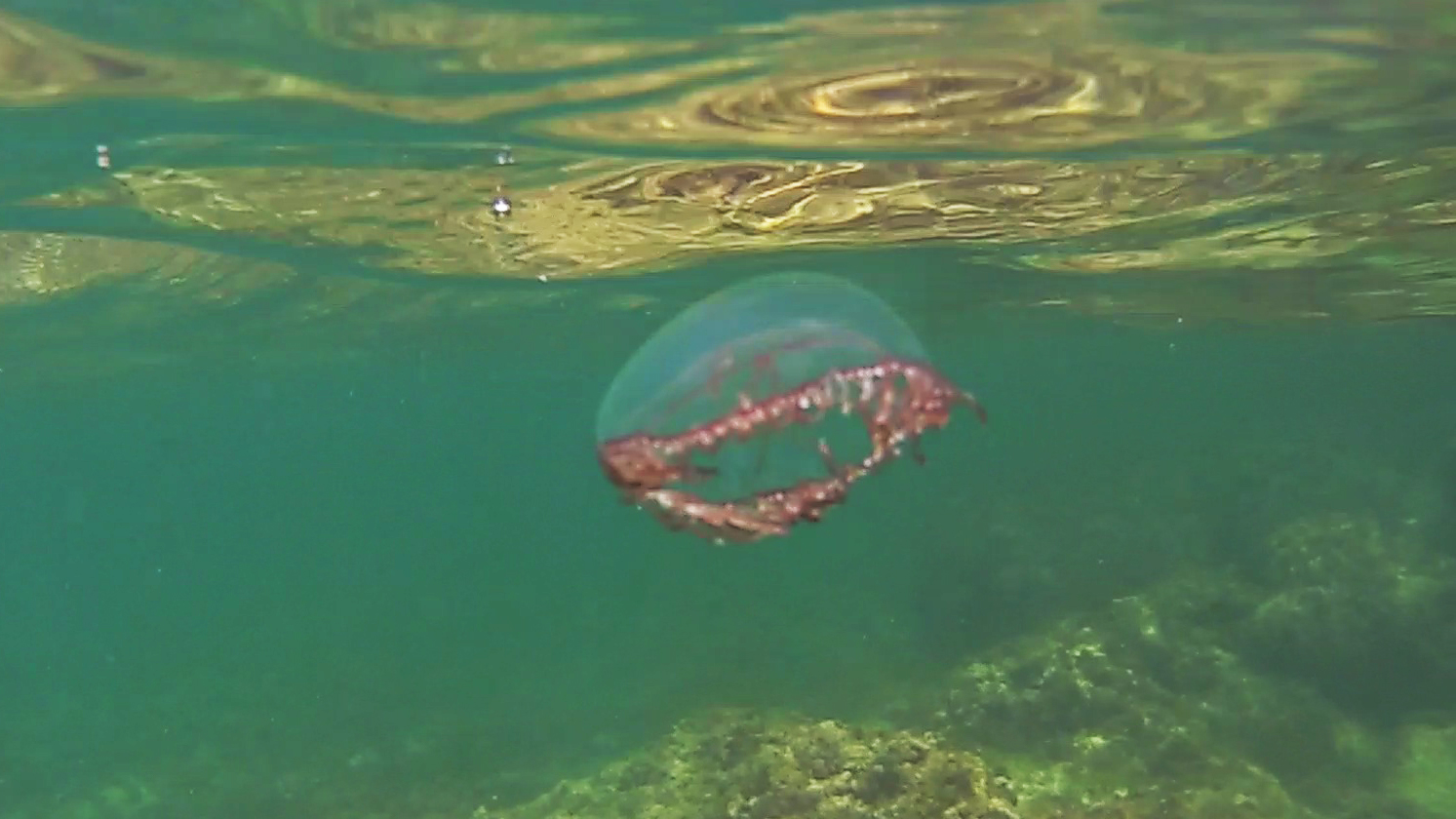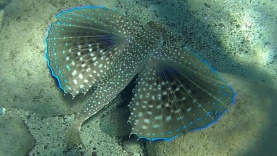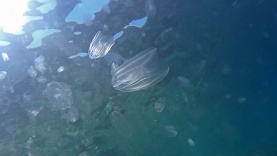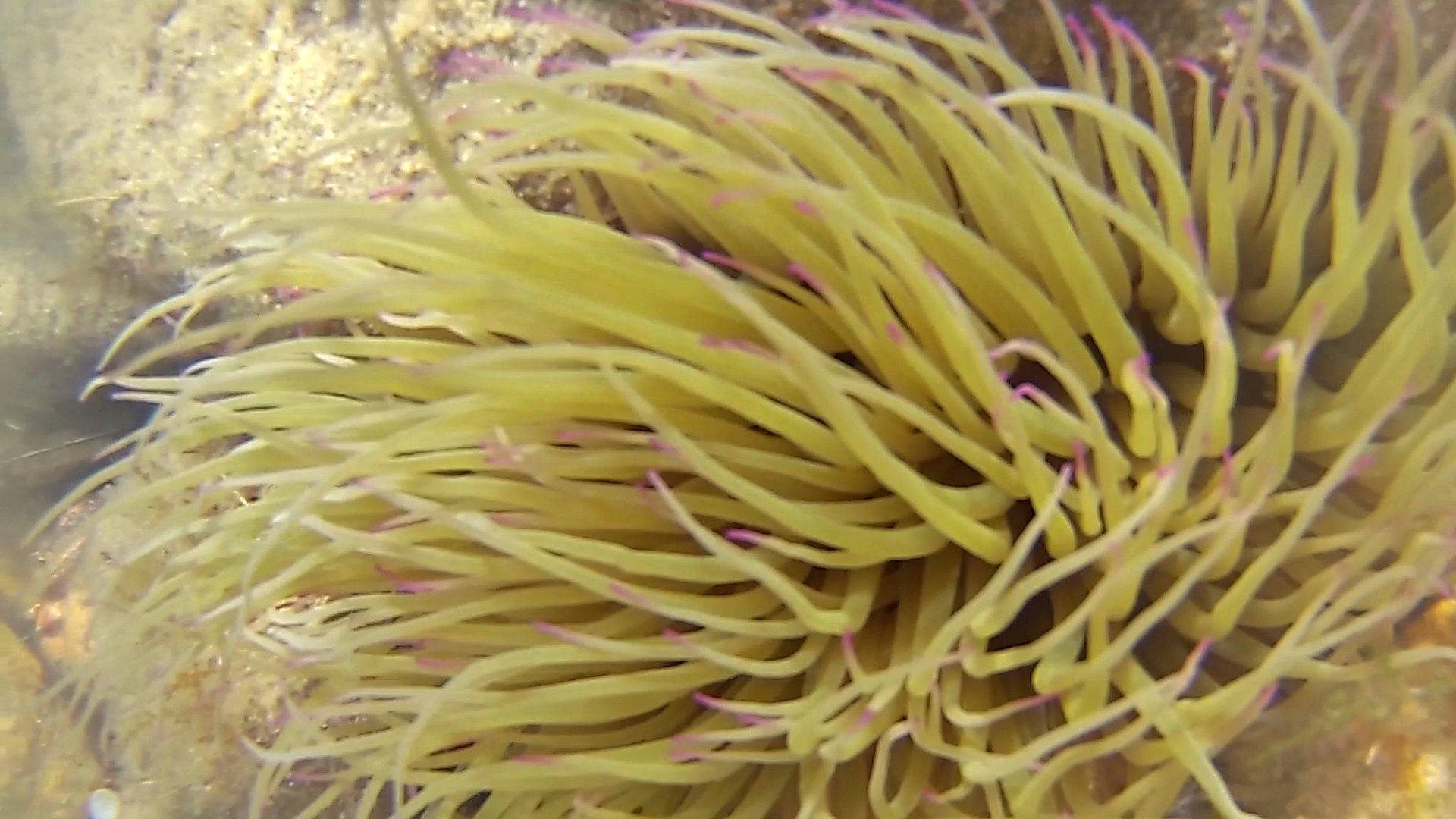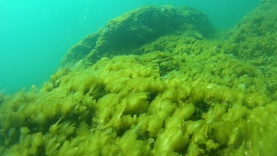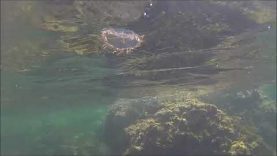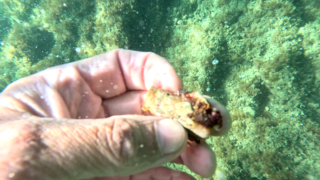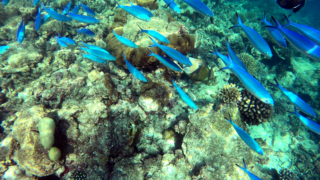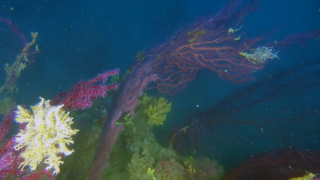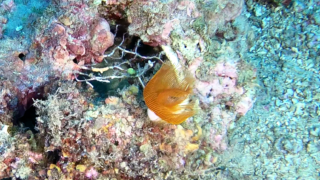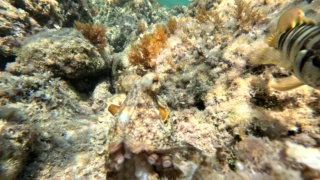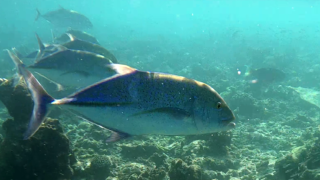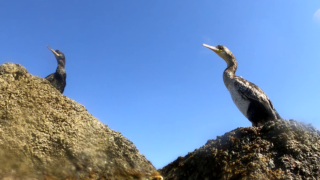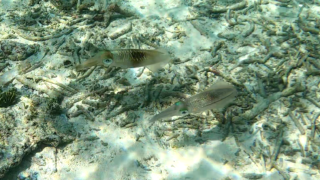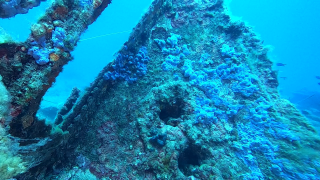Cigar jellyfish - Olindias phosphorica
Olindias phosphorica Medusa Cigar jellyfish intotheblue.it

Olindias phosphorica is a species of jellyfish originating from the central Atlantic, and from the Mediterranean Sea, including Malta.
Olindias phosphorica is a small hydromedusa whose hemispherical umbrella can reach six centimeters in diameter. The umbrella, sometimes flattened in the disc, is totally translucent by day. At night, when the animal will be more easily observable, it has a bioluminescence which gives it a blue-green hue.

The jellyfish has four main radial channels arranged in a cross, pink-red or mauve, and along which the gonads extend, emerald and white in color. The latter sometimes extends to the lips of the handlebar, elongated and ends in a narrow mouth. Between two radial channels, that is to say on each quadrant of the umbrella, the endoderm is crossed by eleven to nineteen finer channels, of unequal dimensions and connected to the marginal channel. They are centripetal, unbranched and blind (they end up in cul de sac). The velum, characteristic of hydromedusae, forms a small and inconspicuous peripheral ring. Olindias phosphorica Medusa Cigar jellyfish intotheblue.it

On the edge of the umbrella’s root there are many tentacles. There are two types:
– the primary tentacles: each radial channel faces a primary tentacle, which starts tangentially above the edge of the umbrella. Short, smooth and whitish, these tentacles are thickened at the ends in an adhesive button. At the base of each of the primary tentacles, thickened in a red bulb, there is a pair of white static. The number of primary tentacles can reach 60.
– the secondary tentacles: in the small depressions situated on the edge of the umbrella the secondary tentacles are held. Longer (several times the diameter of the umbrella in full extension) and transparent, these tentacles are full of a large number of clearly visible batteries of cnidocytes (pungent cells); their ends have no adhesive button. The number of secondary tentacles can reach 120.

Although the water was rather murky it was quite easy to see it, but it was not so to film it and photograph it. The small size, considerable transparency and frequent waves have made the video rather rough and disturbed.
https://doris.ffessm.fr/Especes/Olindias-phosphorica-Olindias-784
https://en.wikipedia.org/wiki/Olindias_phosphorica

